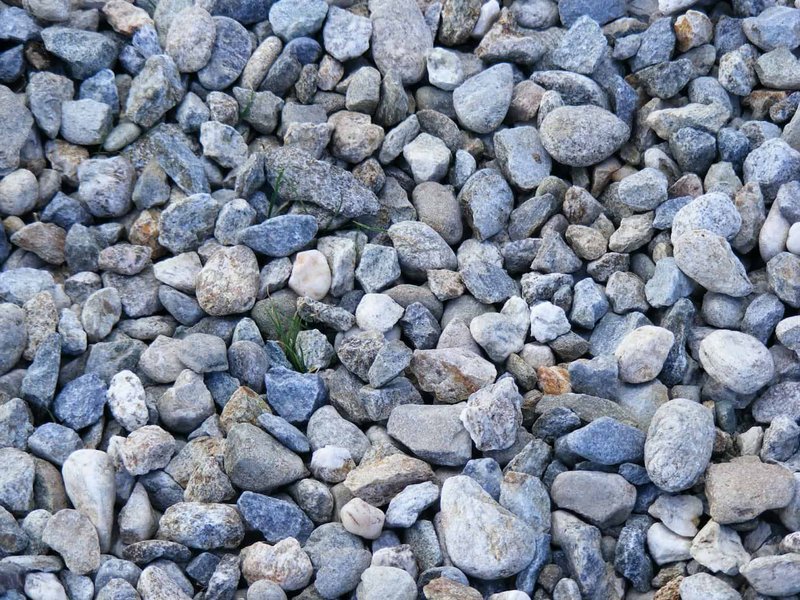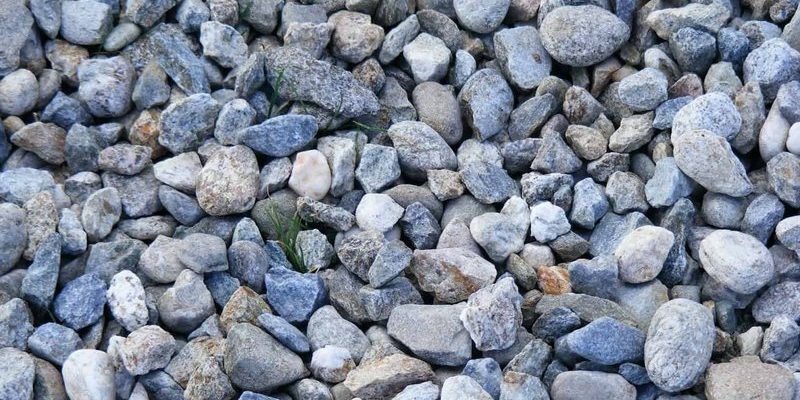
You might be wondering how a little critter like the rock hyrax can impact its surroundings. Well, they contribute to the ecosystem in several ways, from being grazers to serving as prey for larger animals. Let’s dive deeper into the world of the rock hyrax and discover why they are essential to their ecosystems.
What is a Rock Hyrax?
To truly appreciate the rock hyrax, we should start with the basics. The rock hyrax, also known as *Procavia capensis*, is a small mammal typically found in Africa and the Middle East. They tend to reside in rocky areas or cliff sides, using these structures for shelter and protection.
These critters usually weigh around 4 to 11 kilograms (about 9 to 24 pounds) and have a distinct body shape with short legs, stout bodies, and blunt snouts. While they may look like oversized rodents, they are surprisingly more closely related to elephants and manatees. Here’s a fun fact: they have unique padded feet, which help them navigate through rocky terrains with ease.
Rock hyraxes are social animals and often live in groups known as “colonies.” You’ll find them basking in the sun, playing, and grooming each other. Their social structure not only helps them bond but also improves their survival by keeping an eye out for predators.
The Grazing Role of Rock Hyraxes
Honestly, one of the rock hyrax’s most critical contributions to their ecosystem is their grazing habits. These little guys are herbivores, munching on a variety of plants, shrubs, and grasses. By grazing, they help control plant growth, preventing overgrowth and allowing a healthy mix of flora in their environment.
You might be surprised to know that their grazing can benefit other species as well. When rock hyraxes trim the plants, it opens up the habitat for other animals, creating a balanced ecosystem. Think of it like a gardener trimming overgrown bushes—doing so encourages new growth and diversity.
Plus, their foraging activities can aid in seed dispersal. As they munch their way through foliage, they often ingest seeds, which may later be excreted in a different location. This simple act helps new plants establish themselves in various parts of their habitat, promoting biodiversity.
Rock Hyraxes as Prey
Let’s talk about another vital aspect of the rock hyrax’s role in the ecosystem—their position in the food chain. These little creatures are a key food source for various predators like eagles, leopards, and snakes. Without rock hyraxes, these predators would struggle to find enough food to survive.
Their social nature plays a role in this too. When they sense danger, they can quickly alert their colony with loud calls, allowing them to scatter and find shelter. You can imagine this as a fire drill—everyone knows what to do when the alarm sounds! This system not only keeps them safer but also sustains the predator population, which relies on them as a food source.
Furthermore, the presence of rock hyraxes can indicate a healthy ecosystem. When predator and prey populations are balanced, it shows that the habitat is thriving. Without rock hyraxes, larger predators may struggle, leading to a ripple effect through the food web.
Environmental Impact of Rock Hyraxes
Rock hyraxes also contribute significantly to their environment beyond grazing and serving as prey. Their foraging habits can influence the composition of plant species in their habitat. By preferentially feeding on certain plants, they can promote a particular plant community to thrive while suppressing others.
For instance, if hyraxes favor one type of grass over another, this can lead to increased growth of that grass species, altering the dynamics of the plant community. This interaction is essential for maintaining healthy ecosystems, as it helps sustain various plant and animal species.
Additionally, their droppings also play a role in nutrient cycling. When rock hyraxes poop, they recycle nutrients back into the soil, benefiting the plants they consume and those around them. Their droppings can be rich in seeds and nutrients, encouraging new plant growth and fostering a diverse ecosystem.
Rock Hyraxes and Their Habitat
You might be wondering where these little guys call home. Rock hyraxes prefer rocky terrains, cliff sides, and areas with plenty of vegetation. These habitats provide both food and protection from predators. By residing in colonies, they create a safe space for each other while enjoying the nearby plant life.
The rocky environment also helps regulate their body temperature. During the day, they often sunbathe on warm rocks, absorbing heat. At night, they retreat to the cool shade of the rocks. This unique behavior allows them to thrive in a variety of climates, from arid deserts to more temperate regions.
Their ability to adapt to different habitats makes them resilient, but it also means they are susceptible to habitat destruction. As human activities continue to encroach on their territories, understanding their role in the ecosystem becomes even more crucial. Protecting these habitats not only ensures the survival of rock hyraxes but also the health of the ecosystems they inhabit.
Conservation of Rock Hyraxes
With all this talk about their importance, it’s essential to consider the conservation of rock hyraxes. While they are currently not endangered, their habitats are often threatened by human development, agriculture, and climate change. These factors can disrupt their colonies and food sources, leading to population declines.
Conservation efforts are crucial for maintaining healthy rock hyrax populations and their ecosystems. Simple actions such as habitat preservation can significantly impact their survival. By promoting awareness about the importance of these animals, we can foster better stewardship of their environments.
Education is also fundamental. Raising awareness about the role of rock hyraxes can lead to greater public support for conservation initiatives. The more people know about these fascinating creatures and their ecological importance, the more likely they are to advocate for their protection and the preservation of their habitats.
In conclusion, the rock hyrax may be small, but its role in the ecosystem is anything but insignificant. From their grazing habits that contribute to plant diversity to their position in the food chain as prey, these little creatures are essential players in their habitats. Their social nature, environmental impact, and adaptability highlight how interconnected every part of an ecosystem is.
As stewards of our planet, understanding and protecting the rock hyrax and its habitat is vital for biodiversity and ecosystem health. So, next time you think about wildlife conservation, remember the rock hyrax and the broader web of life they help support. They may be small, but their impact is substantial—just like that tiny pebble that creates ripples in a pond. Let’s keep those ripples going!

